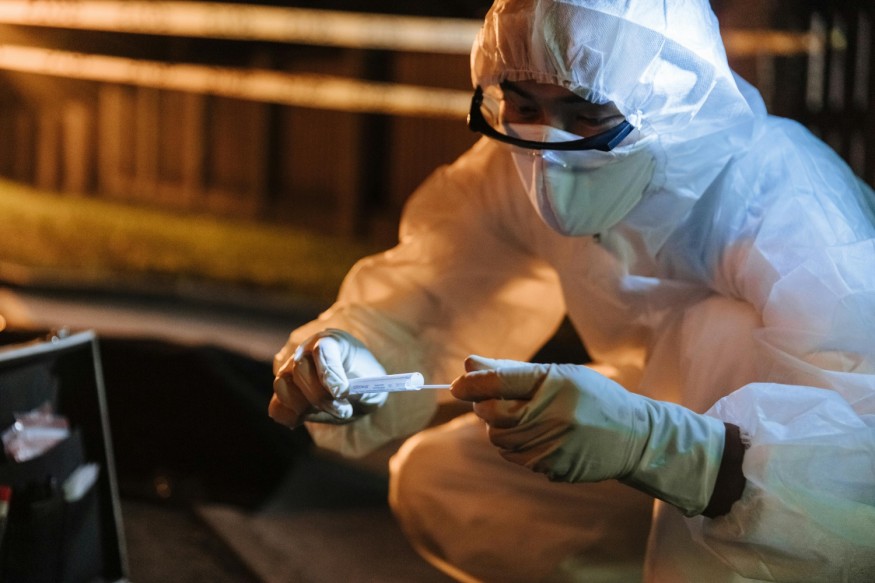
The population of bacteria on the skin leaves traces on the clothes worn by a person. These traces last for months and can effectively identify the wearer.
Microbial Traces
Criminal investigation is usually thought of as a process where detectives meticulously collect and analyze evidence found at the scene. The evidence typically includes biological fluids, weapons, and fingerprints.
However, attempting to reconstruct the event and persons involved in the crime also depends on the "principle of exchange," a concept formulated by French criminologist Edmond Locard in the early 1900s. It states that every contact leaves a trace and that the transfer of materials between the parties involved in a crime forms the basis for reconstructing the events.
In Locard's time, these traces were usually the things that can be seen with a microscope of magnifying glass, like fiber, sand and pollen. However, this evidence is limited since much of it is not directly related to a specific individual.
Hairs, skin cells, and biological fluids are good contenders for identifying the owner of an object left at a crime scene. But another thing that is very specific to an individual is the unique community of microorganisms found inside and outside their body.
Such microbes are specific to various parts of the body, can be transferred to other people and the environment, and can last over long periods of time. This makes them useful in addressing various questions in forensics.
In the early 2000s, forensic microbiology started as scientists tried to find out ways to defend against bioterrorism. Today, this field is used in identifying individuals after death, understanding their health condition before they died, determining how they died, how long they have been dead, and where they came from.
READ ALSO : Novel Forensic Technology Can Accurately Detect DNA in Small Amounts of Sample Even After 72 Hours
The 'Touch Microbiome'
While the principle of exchange has been established, experts still want to know more about how much of a person's microbiome is transferred to their surroundings. They also wanted to know how long it persists, and whether some microbes are more useful than others for human identification.
In 2021, Noemi Procopio and Sarah Gino conducted a study where they first described the touch microbiome, or the unique population of bacteria found on an individual's skin. The research also investigated how the bacteria can be transferred in uncontrolled indoor surroundings.
In the team's most recent work, a third author joined the collaboration to enhance the potential of individual identification from clothes. The study involves cotton T-shirts worn by two persons for 24 hours which are then placed in a controlled environment for almost six months. The samples underwent microbial DNA extraction and sequencing in order to identify the microbial species present in them.
Laboratory analysis showed that two volunteers transferred recognizable and distinct microbes onto the cotton T-shirts. The microbes are not only unique to the respective individual, but the worn and unworn items can also be distinguished even after an extended period of time.
The result of the study suggests that clothes can offer key evidence for investigating a crime. They can also help in profiling individuals by revealing indicators of gender, income, occupation, social status, and even religious, political, and cultural affiliations.
RELATED ARTICLE : Network of Microbes Found to Drive Decomposition of Dead Bodies Holds Key in Crime Scene Investigation
Check out more news and information on Forensic Science in Science Times.
© 2025 ScienceTimes.com All rights reserved. Do not reproduce without permission. The window to the world of Science Times.











